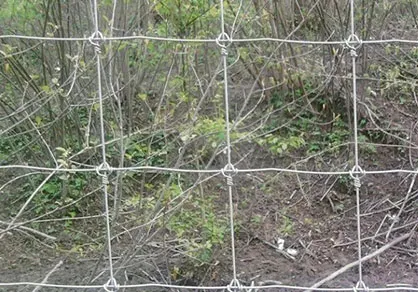

It's also important to recognize the environmental conditions where these nails will be used. In humid climates, nails with a thicker galvanized coating offer added protection, minimizing the potential for rust. Conversely, in drier areas, standard galvanized nails often suffice, maintaining the balance between cost-effectiveness and performance. In addition, the choice between smooth and ring-shank nails can impact the overall stability of a roof. Ring-shank nails provide additional holding power, which is particularly beneficial in areas prone to high winds. This type of nail grips into the roofing material more securely, further enhancing the overall durability of the roof installation. For those deeply invested in green building practices, the recyclability of galvanized nails is another notable attribute. Once a roof reaches the end of its life cycle, these nails can be removed, recycled, and repurposed, reducing the environmental footprint of construction projects. While the benefits of galvanized roofing nails are clear, it’s essential to purchase them from reputable suppliers. Quality assurance through certifications and adherence to industry standards ensures that you're gaining the full advantage of what galvanized nails offer. Trustworthy brands not only adhere to these standards but often exceed them, providing even greater durability and reliability. In conclusion, galvanized roofing nails are far more than simple fixings; they are critical components in the integrity of roofing systems. Their advantages are well-documented through professional endorsements, real-world experience, and a robust understanding of their technical specifications. For both professionals and DIY enthusiasts, investing in galvanized roofing nails is a pivotal consideration to ensure long-lasting and dependable roof installations.

















